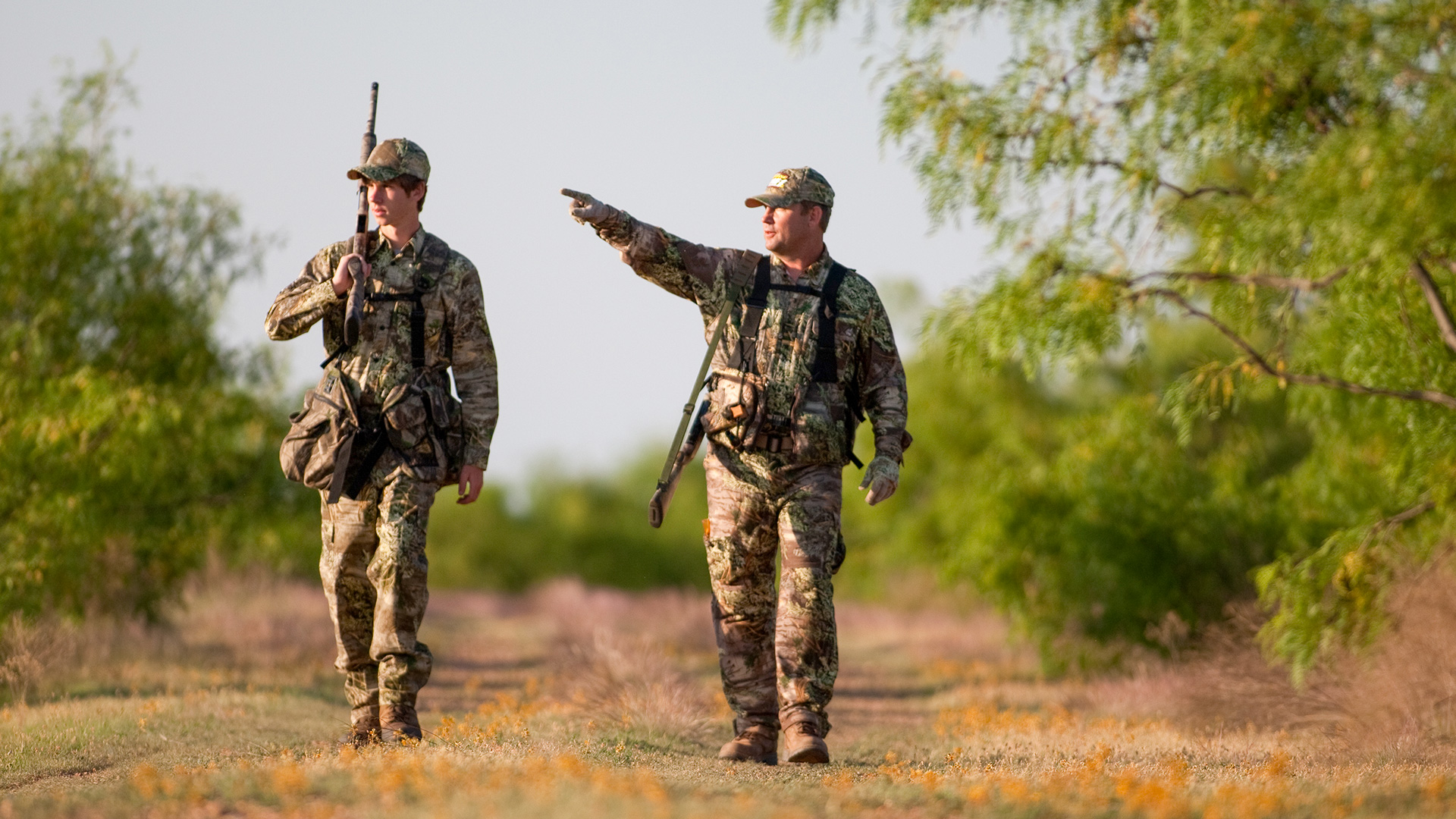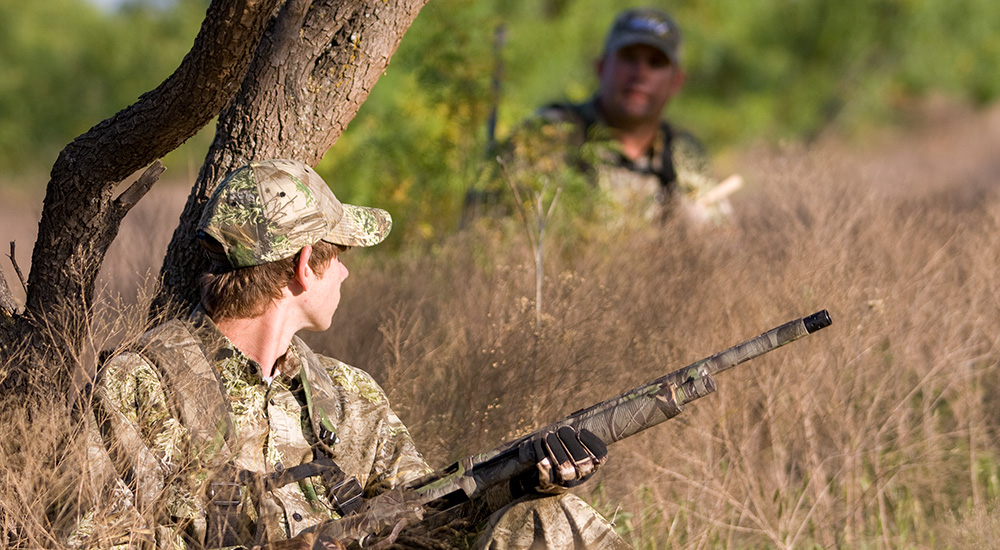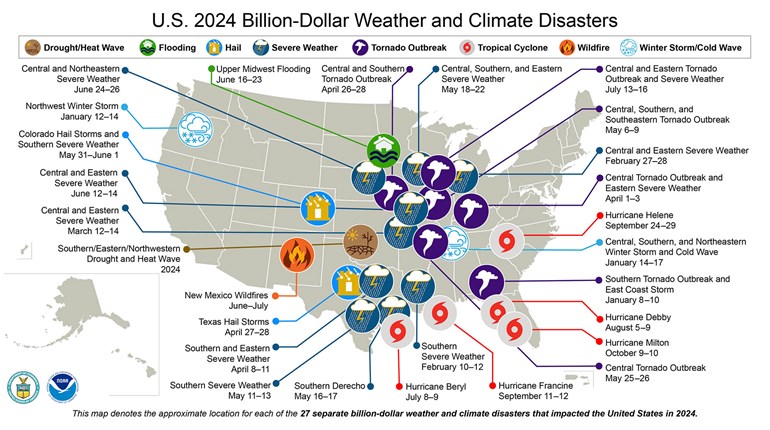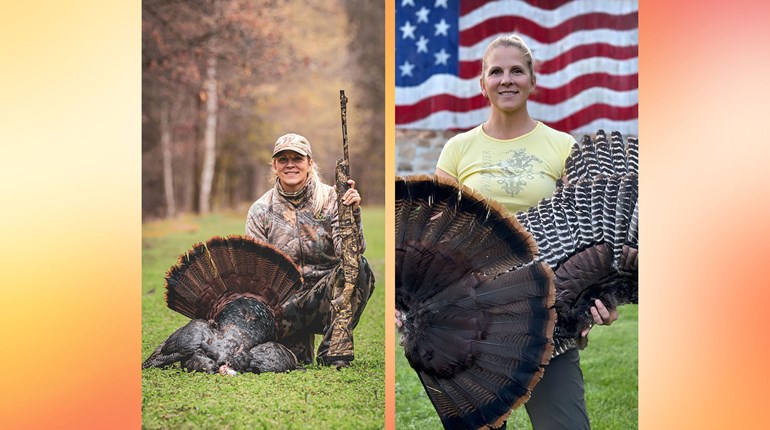
It was a glorious spring morning, the kind that made you glad to be alive. The sun was shining and the songbirds were doing their version of the Hallelujah Chorus. You would have thought nothing could take away from this day, but I knew that was about to change. My partner and I were following a couple of camo-clad hunters through the woods to the scene of a hunting-related shooting, in this case, a fatality. I was working as a DNR conservation officer in West Virginia, and it was our job to investigate the incident when one hunter shot another.
The scene seemed all too familiar. The hunter was lying on his side at the base of a medium-sized red oak, he was in full camo down to his boots and his face mask had been pulled down. A 12-gauge pump gun lay to his side, and I noticed the safety was off. The camo clothing was blood stained on his left arm and side, extending up to his head and neck. The individual pellets left deep red angry looking marks on the skin resembling bee stings. Stepping over the body, I thought of how I was always amazed at the blank stare the victim often had. Had he seen the one who shot him? Did he talk to them? At that moment we didn’t know.
For 36 years I was involved with the investigation of hunting accidents and negligent shootings as a West Virginia DNR officer. Most of them occurred when I was in the field as a first line officer and as a field sergeant. Simply because I was in the right time and place, I saw a lot of this. During the 1980s and into the ’90s turkey populations were expanding in my area (as they were for much of the Southeast) and more people were getting into the sport. Turkey hunting was new to many, and many were not experienced. There was a lot of excitement about this big gamebird that had not been seen in some areas for many years. It really was a perfect storm for a lot of tragedies to happen. (I once had nine shootings in my three-county area in one week.)
Today, our hunting-related shootings are down in the turkey woods, probably for a lot of reasons: turkey numbers are down in this area, we seem to have less people spring turkey hunting and I would like to think our hunters are more educated and careful now. Still, this should not keep us from thinking about how we can use caution and have a safe and enjoyable hunt while we pursue the king of gamebirds. Here are some rules to live by as a turkey hunter to help ensure you come home as you left—alive.

Absolutely, positively identify your target before you pull the trigger. This is the first and most important rule of turkey hunting, and if you don’t remember anything else, remember this. I’ve often thought that if all hunters observed this rule, all the time, the number of accidental shootings would drop to almost nothing. Spring turkey hunting by its nature is inherently more likely to invite a disaster, much more likely than, say, deer hunting. It is the fact that we are usually sitting partially hidden, or at least fully camouflaged, and making the call of a turkey. Here is another thought that would make this game safer if hunters would think about it: Ninety-nine percent of hunters who are shot while calling are making the call of a hen turkey. Is the hen turkey legal in your state during spring gobbler season? Maybe, if it has a beard, but you get the idea. Most hunters are shot sitting on the ground calling like the turkey that is not legal and not the turkey hunters are after. Hunters are often incredulous when they hear of someone being shot in the spring woods and will say, “I don’t know how that could happen, I’ve never seen anyone that looks like a turkey!” In truth, most hunters are shot while calling because they are partially hidden and making a movement while calling. The shooter simply did not positively identify the target.
Be a defensive turkey hunter. This is key. I think many hunters get into their block of turkey woods and automatically assume they are alone. Obviously, you have to be more observant on public land, but even on private land there is no guarantee you are alone. The guy that sneaks into your private lease can shoot you as easily as someone you know.
Part of being a defensive hunter is carefully listening to the calls you hear while hunting. Is that a real hen you hear yelping on the next ridge? Sometimes knowing the difference between a real turkey and a hunter calling is easy, sometimes it is not. We all know that often a real hen can sound terrible to our ears. Stay in a defensive mode and don’t approach questionable calling. Stay alert, and if you are sitting in an area where you can see well around you, be on guard for another hunter to appear. Long ago I developed the thinking that if I can’t determine the true source of the calling, I just turn around and get out of the area. I don’t care if there is a gobbler doing cartwheels in this equation, it is not worth it to mix it up with another hunter.
Absolutely, positively do not wave at another hunter. I wish I knew how many times I wrote this on a report: “The victim saw the shooter approach and waved at him to show his presence. The shooter saw the movement and shot.”
Why do we wave at another hunter instead of calling out to him? Nine times out 10 it is because we are afraid we will spook a nearby gobbler. You are calling to a gobbler that is responding to your calls, another hunter appears, you don’t speak to the hunter because God forbid, it may scare off this turkey. Don’t wave, call out to the other hunter in a loud, clear voice, and live to hunt this turkey another day.
It may be hard to find, but sit against a tree that is wider than you. Most of the time we call in turkeys while sitting against a tree. It’s comfortable and breaks your outline. Select a tree at least as wide as your back to lean against. This will protect you from the rear if a hunter sneaks in on you and you can’t see him.
Don’t stalk a gobbling turkey. This may ruffle a few feathers, but so be it. Sneaking in on a vocal gobbler has caused more than one shooting in the spring woods. It’s just a bad idea. Sneaking into shotgun range of a gobbling turkey is rarely successful, and if another hunter is involved the chances of a tragedy increase. Remember, the other guy may not be as careful as you are, and if he sees a movement and doesn’t identify his target, somebody is going to get a ride in an ambulance.
Be careful with decoys. Hunting with decoys is part of turkey hunting these days. In fact, some hunters refuse to hunt without them. Whether decoys increase your chances for bagging a big gobbler is a discussion for another day, but if you are going to use them, consider a few things. First, always carry them stored in a bag or vest so they are not visible while you are moving. (The same goes for carrying a dead turkey.) When placing decoys in your setup, think about whether you are sitting in line with a decoy in case another hunter were to approach and, God forbid, take a shot at your decoy.
In calling, less is more. Calling less may make you a more successful turkey hunter, and it will definitely make you a better defensive hunter. The turkey that gobbles on the limb every time you call is a lot of fun but may be a detriment, especially on public land. If the gobbler responded to you he knows where you are. Call less and maybe he will gobble less and attract less hunters before flying down and come in to you.
Fifty is the new 40. Shotguns, chokes and especially turkey ammo has vastly changed the turkey hunting landscape. With the advent of Tungsten Super Shot (TSS), hunters talking about downing turkeys at 60, even 70 yards is pretty common. How far can you see in the woods? Shooting across an open field may be one thing, but is there a better chance of misidentifying your target at extreme ranges? I think so. Keep this in mind when putting a bead on something at long shotgun ranges.
Obviously, there are many facets to protecting yourself in the turkey woods. Here are some more to keep in mind: Don’t wear the colors red, white or blue. These are the colors on a gobbler’s head, remember? On public ground, if you pull up to the gate and there is another truck or two already there, pull out and go to another spot. The more hunters around you the more you chance running into someone careless. Be patient, learn to sit and wait for the woods to clear out from the morning rush. Fewer hunters later in the day put you in a better position of meeting up with the gobbler that wants to get active mid-morning.




































